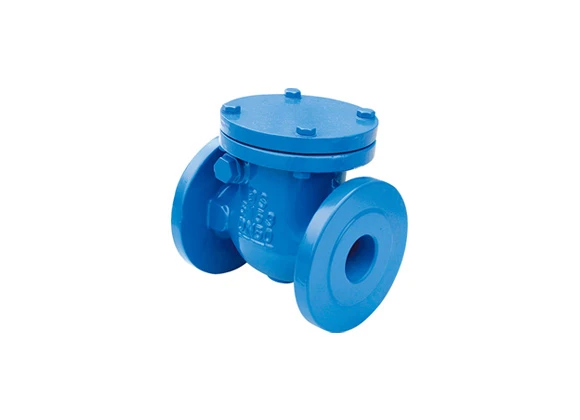Feb . 12, 2025 13:00
In the realm of industrial valves, the choice between wafer and lug butterfly valves can significantly affect operational efficiency, cost, and maintenance. Both types of butterfly valves offer distinct functionalities suited for different applications in the process industry. With over two decades of experience, countless industry pioneers have shared valuable insights into the practicality and reliability of these valves. By leveraging this collective knowledge, industry professionals can make informed decisions, ensuring both superior performance and long-term reliability.

Wafer butterfly valves, distinguished by their simplistic design, are primarily preferred for their economical appeal and lightweight structure. They excel in applications where space is limited and weight is a consideration. Being sandwiched between two flanges, they depend on flange pressure to seal effectively, which makes them slightly more suitable for lower pressure applications. Although their lack of lugs or threads offers a more compact solution, it can be a drawback in isolation needs, since the line must be depressurized for removal or maintenance.
Lug butterfly valves, on the other hand, are engineered with a series of protrusions or 'lugs' that allow for their use in tapped holes. This design feature grants them exceptional versatility in high-pressure applications, or where the ability to isolate pipelines is essential. Among the leading merits of this design is its ‘dead-end service’ capability, meaning one side of the pipeline can be isolated without compromising the integrity of the opposite end, offering significant operational flexibility.

The reliability of lug butterfly valves in isolation applications is further enhanced by their ability to maintain a tight shutoff. This is crucial in systems that handle hazardous materials or rely on precise flow control. Moreover, the individually bolted design of lug valves permits their removal and maintenance without disrupting the system, a distinct advantage where downtime is detrimental to productivity.
In terms of cost,
wafer butterfly valves typically have a lower initial price point. However, it is vital to weigh this against potential costs related to system downtime and maintenance accessibility when disassembly is required. Lug butterfly valves may entail a higher upfront investment, but their durability and ease of maintenance can lead to cost savings in the long run, an aspect worth emphasizing in any comprehensive cost-benefit analysis.
wafer vs lug butterfly valve
Material selection for both valve types also plays a crucial role in overall effectiveness and lifespan. Stainless steel, ductile iron, and PVC are common choices, with selection dependent upon the type of fluid handled, temperature conditions, and the level of corrosion resistance required. Expert recommendations suggest conducting a thorough assessment of the operating environment before finalizing material choice.
Moreover, the choice between wafer and lug butterfly valves should consider the specific industry's regulatory requirements and the compatibility of the valve with existing systems. Often, industries like petrochemical, water treatment, and food processing have stringent standards that dictate valve selection to ensure compliance and safety.
Ultimately, the decision rests on specific project needs. Wafer butterfly valves are best suited for applications where cost efficiency and low-weight are prioritized over high-pressure handling and isolation. In contrast, lug butterfly valves offer the robustness and operational flexibility needed in more demanding environments.
For engineers, maintaining optimal system efficiency while minimizing operational costs is a fine balance. Consultations with valve manufacturers and collaborating with seasoned industry professionals can mitigate risks associated with valve selection. Tailoring the choice of valve to the specific operational demands ensures that the system performs at its peak, delivering both economy and excellence over its service life.


 Call us on:
+86-311-86935302
+86-311-86935302
Call us on:
+86-311-86935302
+86-311-86935302
 Email Us:
info@thriveonvalve.com
Email Us:
info@thriveonvalve.com South of Huanmadian Village Town, Ningjin County, Xingtai, Hebei Province, China
South of Huanmadian Village Town, Ningjin County, Xingtai, Hebei Province, China